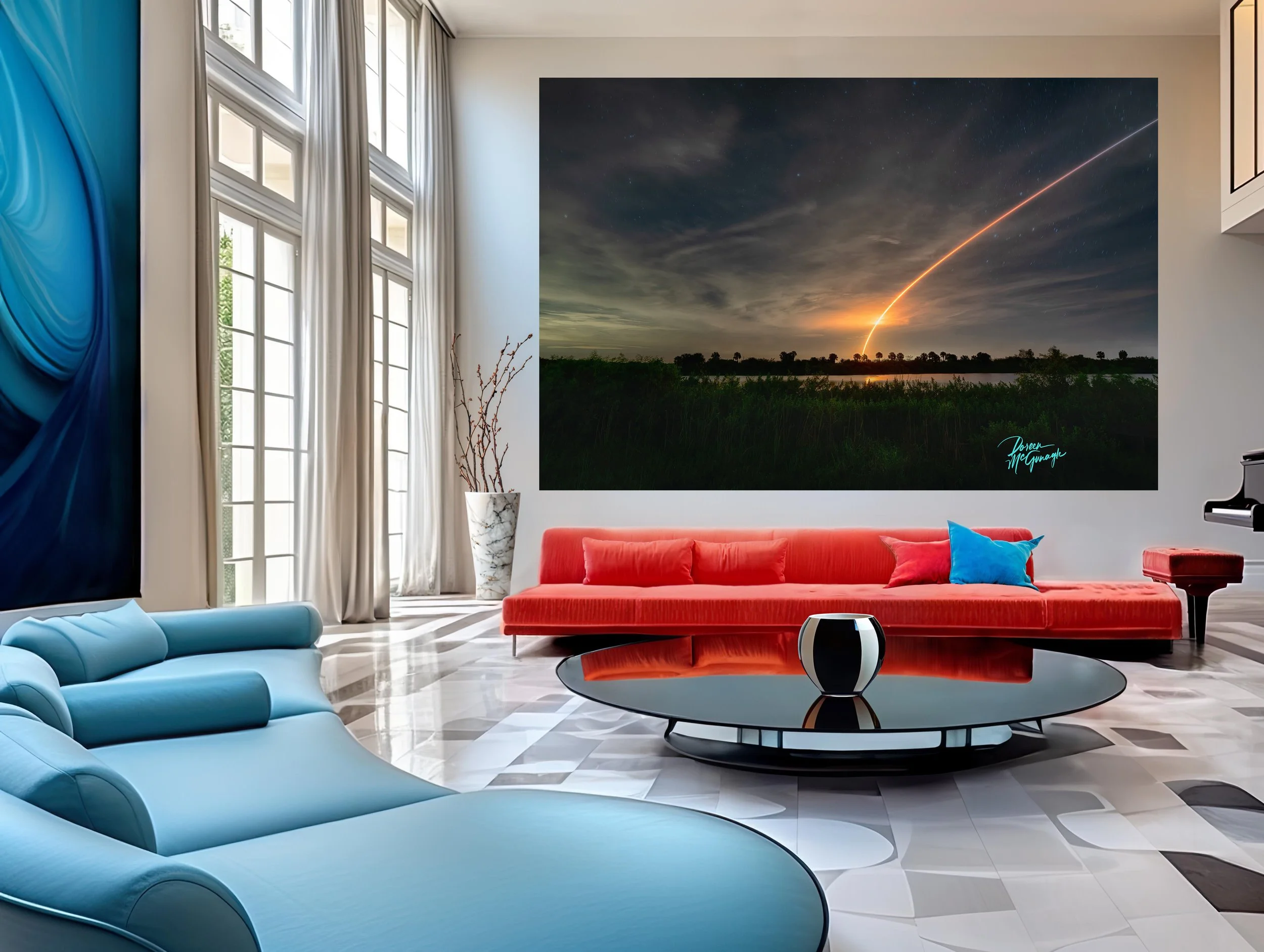Landscape Astrophotography Beautiful Milky Way Shoot
As a lover of nature, there's nothing quite as mesmerizing as gazing up at the night sky. The stars, planets, and the Milky Way galaxy itself hold a mysterious allure that has captivated human beings for centuries. For those of us who want to bring a piece of this celestial wonder into our homes, landscape astrophotography provides the perfect avenue to do so. It allows us to decorate our living spaces with fine art that reflects our deep appreciation for the beauty of the natural world, particularly the night sky.
The Night Sky's Wonders
The night sky is a canvas of countless stars, planets, and celestial objects, all waiting to be captured through the lens of your camera. Landscape astrophotography allows you to transform these celestial wonders into stunning works of art that can adorn your walls. Whether you're in the northern hemisphere chasing the elusive Northern Lights or in the southern hemisphere with a view of the Milky Way's core rising over the highest mountains, the night sky offers endless photographic opportunities.
Etherial Ascendance: Falcon 9's Voyage to the Stars
A captivating black and white fine art print that captures the awe-inspiring moment of Falcon 9's departure as it embarks on its celestial journey into the vast expanse of space.
Voyage to the Stars 8557_01 c2023 | Florida | Learn More
The Essentials of Landscape Astrophotography
To create breathtaking astrophotography, understanding the technical aspects of your camera is crucial. Here are some essential terms and techniques to get you started:
1. Camera Settings:
Shutter Speed: Use longer exposure times to capture more light and details in your shot.
Focal Length: Wide-angle lenses like the 16-35mm f/2.8 are excellent for capturing a broad field of view.
ISO Settings: Experiment with higher ISO settings to capture more light, but be wary of noise in your images.
Aperture: A wider aperture (lower f-stop) allows more light to hit the sensor, crucial for low-light conditions.
White Balance: Adjust it to avoid color casts caused by artificial light or moonlight.
2. Equipment:
Camera: Full-frame cameras are popular due to their excellent image quality.
Lens: A fast and wide-angle lens is ideal for capturing the night sky.
Tripod: Use a sturdy tripod to ensure your camera stays still during long exposures.
Remote Shutter Release: Helps prevent camera shake when taking shots.
3. Planning:
Location: Choose a dark sky area away from light pollution for the best results.
Weather Forecast: Keep an eye on weather conditions and plan your shoot accordingly.
Moon Phase: New moon nights provide the darkest skies for astrophotography.
Time: The best time for shooting is during astronomical twilight.
4. Techniques:
Single Exposure: Capture the entire scene in a single shot for a clean image.
Light Painting: Illuminate foreground elements to add depth to your composition.
Star Trails: Experiment with longer exposures to create mesmerizing star trail photos.
Meteor Showers: Be ready to capture these rare and beautiful events.
Aurora Borealis: In the northern hemisphere, chase the Northern Lights for stunning visuals.
Creating Fine Art Nature Photography
Astro-landscape photographers often work tirelessly to capture the night sky's beauty in a single image. The goal is to produce gallery-quality prints that showcase the splendor of the cosmos. The ultimate print option for these images is large format, ensuring every detail is vividly presented.
To achieve this level of detail and clarity, you must focus on the following factors:
1. Image Quality:
Use a full-frame sensor camera for the highest image quality. Opt for lenses with minimal chromatic aberration for sharp, detailed images.
Pay attention to image stabilization to reduce blurriness.
2. Composition:
Include foreground elements to add depth and context to your nightscape images. Consider the field of view and maximum aperture of your lens when framing your shot.
3. Post-Processing:
Edit your images to enhance their beauty while maintaining a natural appearance. Address noise reduction in high ISO images during post-processing.
Conclusion
Landscape astrophotography is an art form that allows us to bring the beauty of the night sky into our homes. By mastering the technical aspects of your camera, planning your shoots carefully, and paying attention to composition and post-processing, you can capture the wonders of the Milky Way and other celestial phenomena in all their glory. The results are not just photographs; they are pieces of fine art that reflect your passion for the natural world and the night sky's boundless beauty. So, grab your camera, set up your tripod, and let the night shoots begin – the universe is waiting to be your muse.

